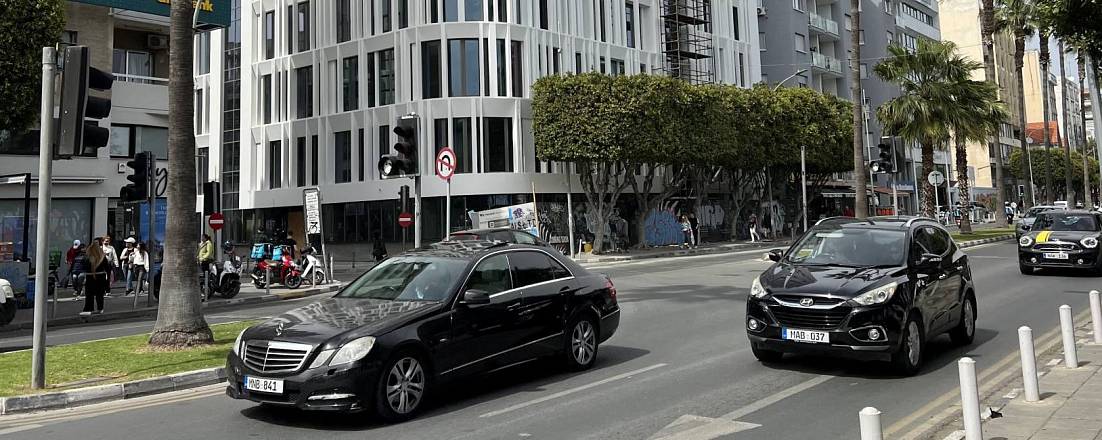All countries are divided into two unequal groups on the side of the road.
The lion's share of pedestrians look to the left when they cross the road and to the right when they reach the middle. Cypriots are different and look the other way. Like a number of other countries, Cyprus inherited left-hand driving from its former metropolis, Great Britain.
For many people, even experienced drivers, the mere thought of driving on the 'other side' of the road causes tension and discomfort. Steering a right-hand drive car and shifting gears with the left hand seems like a supertask.
Left-hand reset
Interacting with an automatic gearbox does not cause any difficulties, while the "mechanics" force the driver to reconsider his sustainable skills. A big plus in a right-hand drive car will be a similar arrangement of gears and control pedals, two or three. If left-hand drive is not to be seen as an inquisition, it is necessary to combine the implementation of a number of recommendations with compulsory practice. Before you get behind the wheel, it is worth observing the traffic from the outside, preferably close to the junction. It usually takes two to four weeks to get used to the new conditions, depending on the requalification requirements.
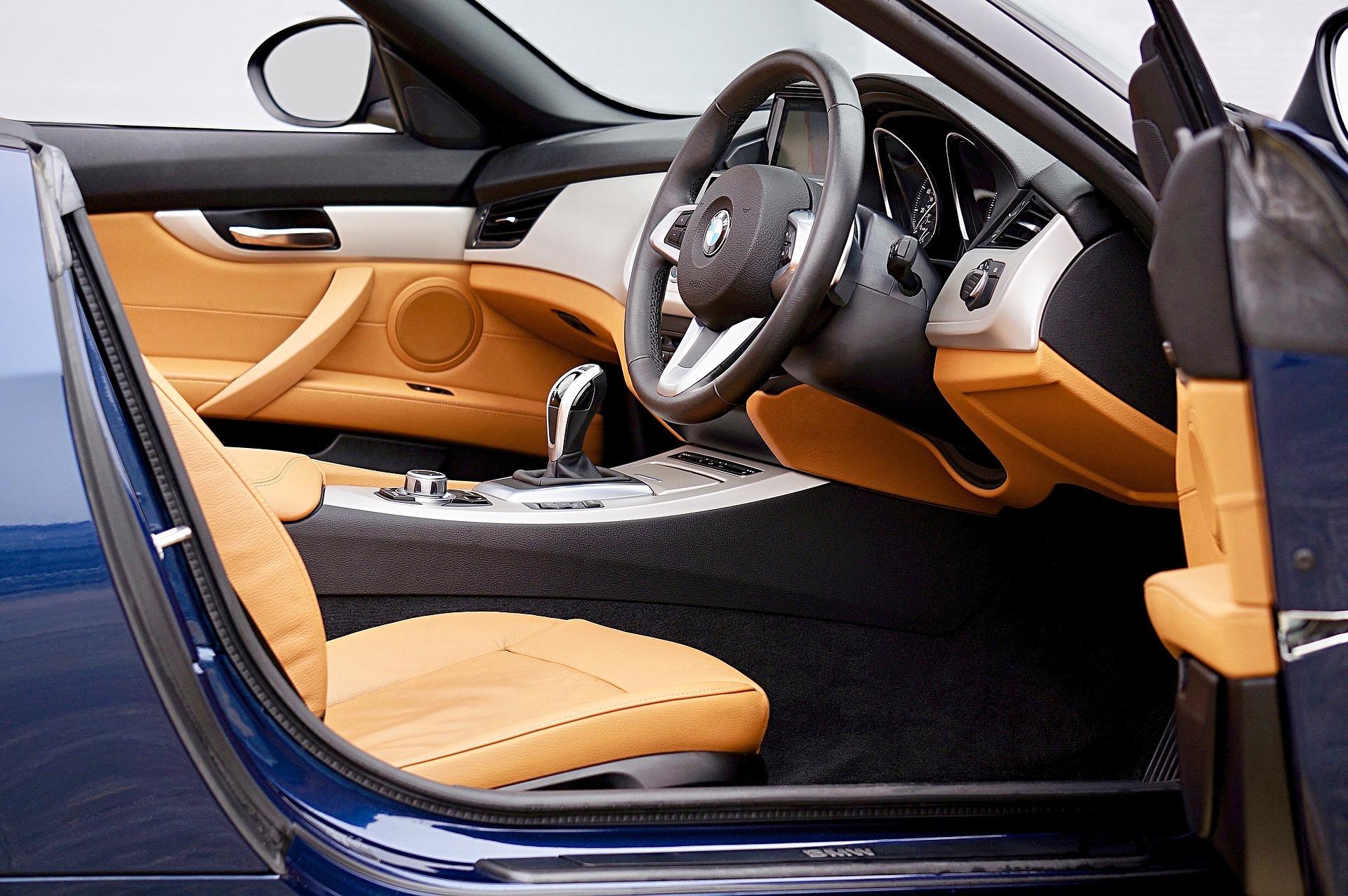
Before starting to drive, the driver should look to the right! The most important thing is to remember which side of the road to drive on. It is better to learn driving skills in urban traffic, as old habits can take over when driving in the countryside or even on a deserted motorway.
Overtaking on Cypriot roads is permitted on the right-hand lane. The only exception is when the vehicle being overtaken is turning right.
When turning left, it is necessary to stay on the left-hand side of the road, which can be quite unfamiliar at first. Special attention should be paid to right-hand turns, where you have to cross the oncoming lane. Inattentive drivers may drive into the oncoming half of the road due to inertia.
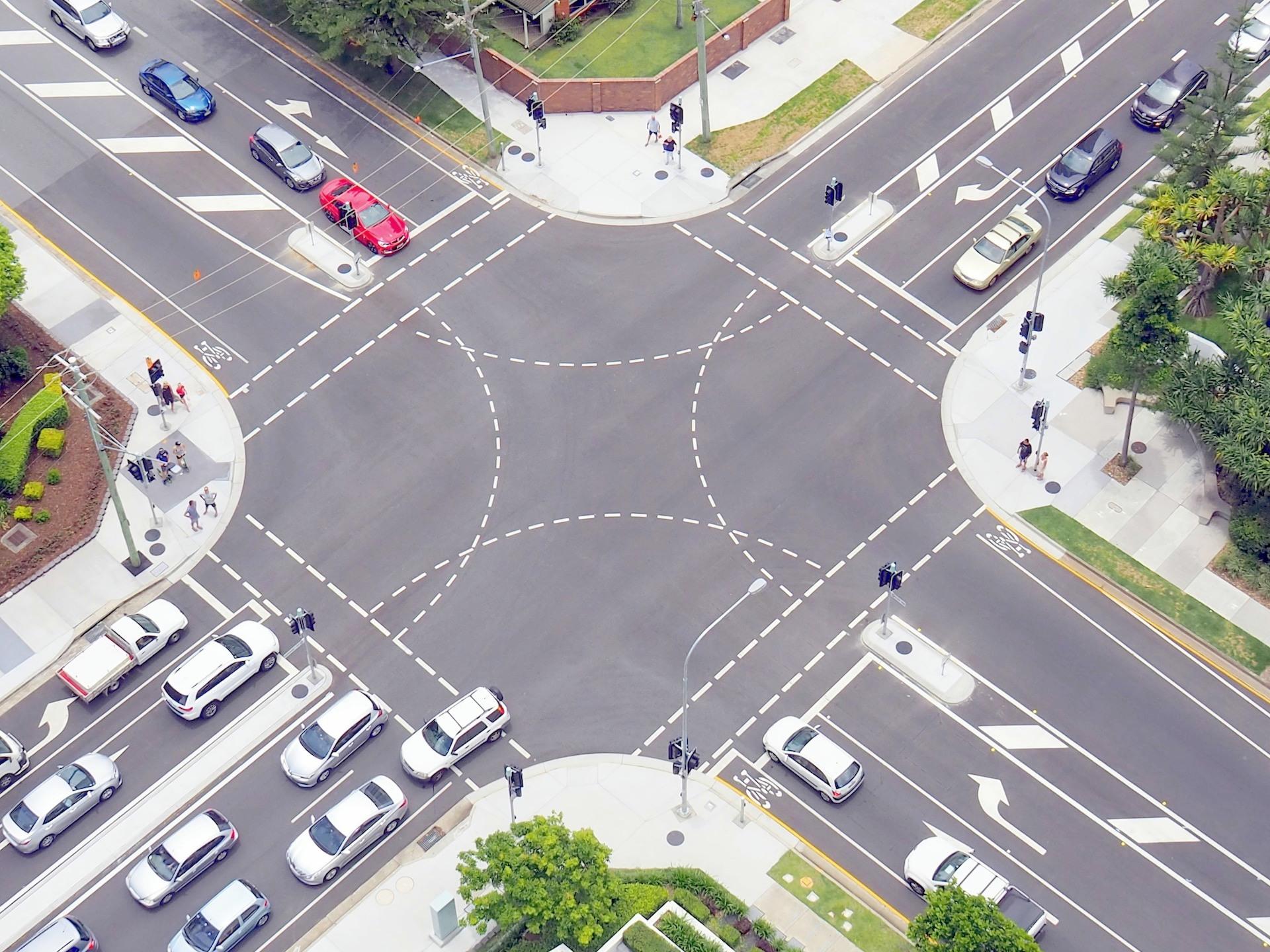
Circular traffic in Cyprus is clockwise! Vehicles in a roundabout have priority, so you must give way to them when entering the roundabout.
At Cypriot junctions there are usually traffic lights and signs indicating the main and secondary roads. In the absence of these, the "right of way" rule applies: the car approaching from the right has the right of way. The direction of travel of lanes is indicated by road markings. If there is an extra lane before the traffic lights, you can only use it to turn left or right.
You must park your car on the other side of the road, keeping your eyes on the left-hand side. The best way to park successfully is to look at the kerb, use your rear-view mirror and ask a friend to help you.
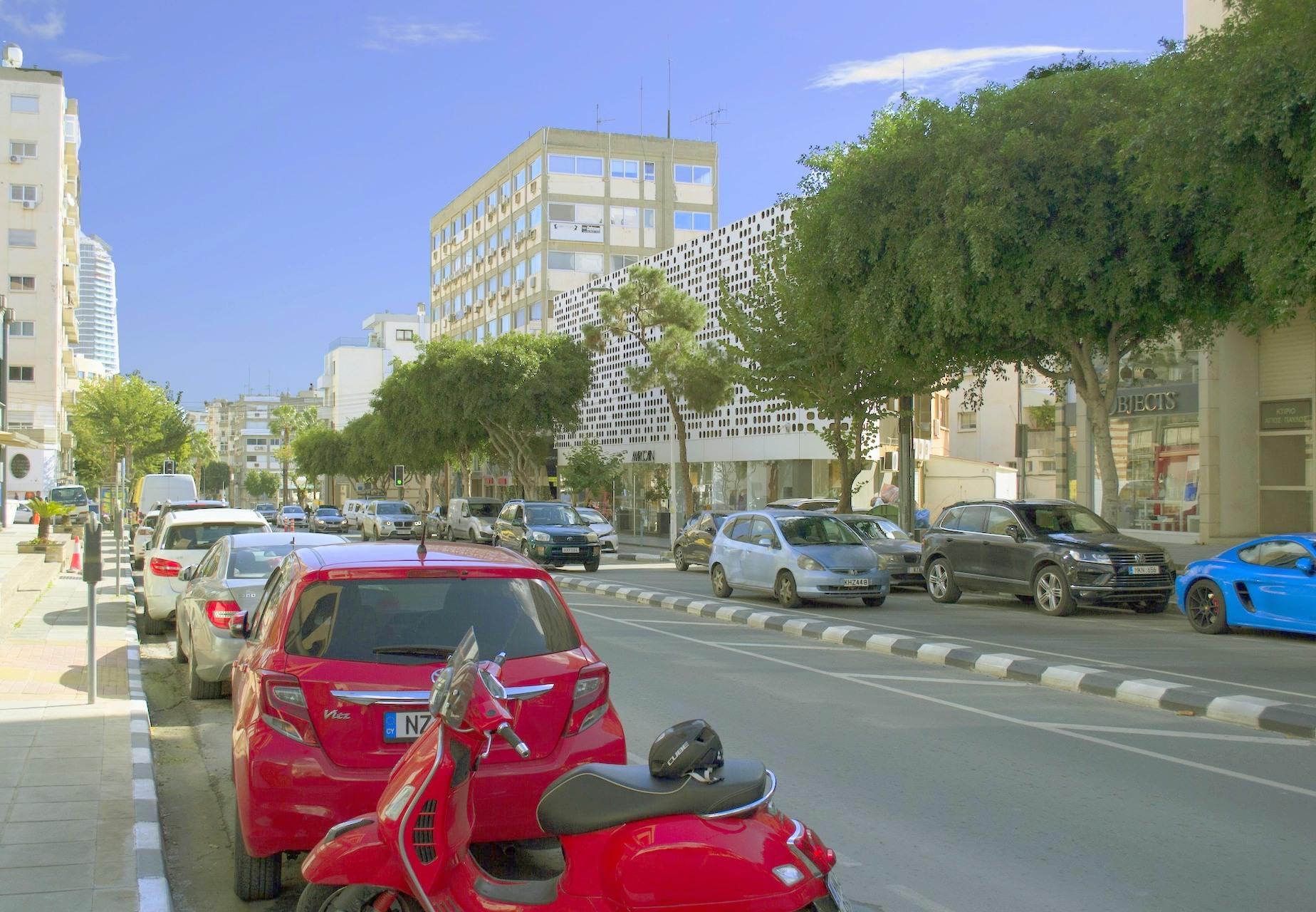
When driving on the left becomes as natural as driving on the right, the driver will have the honourable status of being a two-way driver. A certain section of society "fuels" a certain opinion: driving on the right is more natural for a person because the right eye is often more developed.
Highway code
The rules of the road on Cypriot roads are close to the generally accepted European rules. However, each country has its own peculiarities that you should be aware of before getting behind the wheel. When driving a car in Cyprus, the driver must be in possession of the following documents
- A driving licence,
- Valid insurance,
- Vehicle Registration Certificate (PTC).
Foreign nationals are advised to carry their passport. All valid national driving licences are recognised by the authorities. Driving a motorbike in Cyprus is permitted from the age of seventeen, a car from the age of eighteen and a hire car from the age of twenty-one. The driver and all passengers must wear seatbelts. Road signs on the island are in Greek and English.
Attention! Using a mobile phone while driving is a serious offence! Talking in hands-free mode is allowed but not approved by the police.
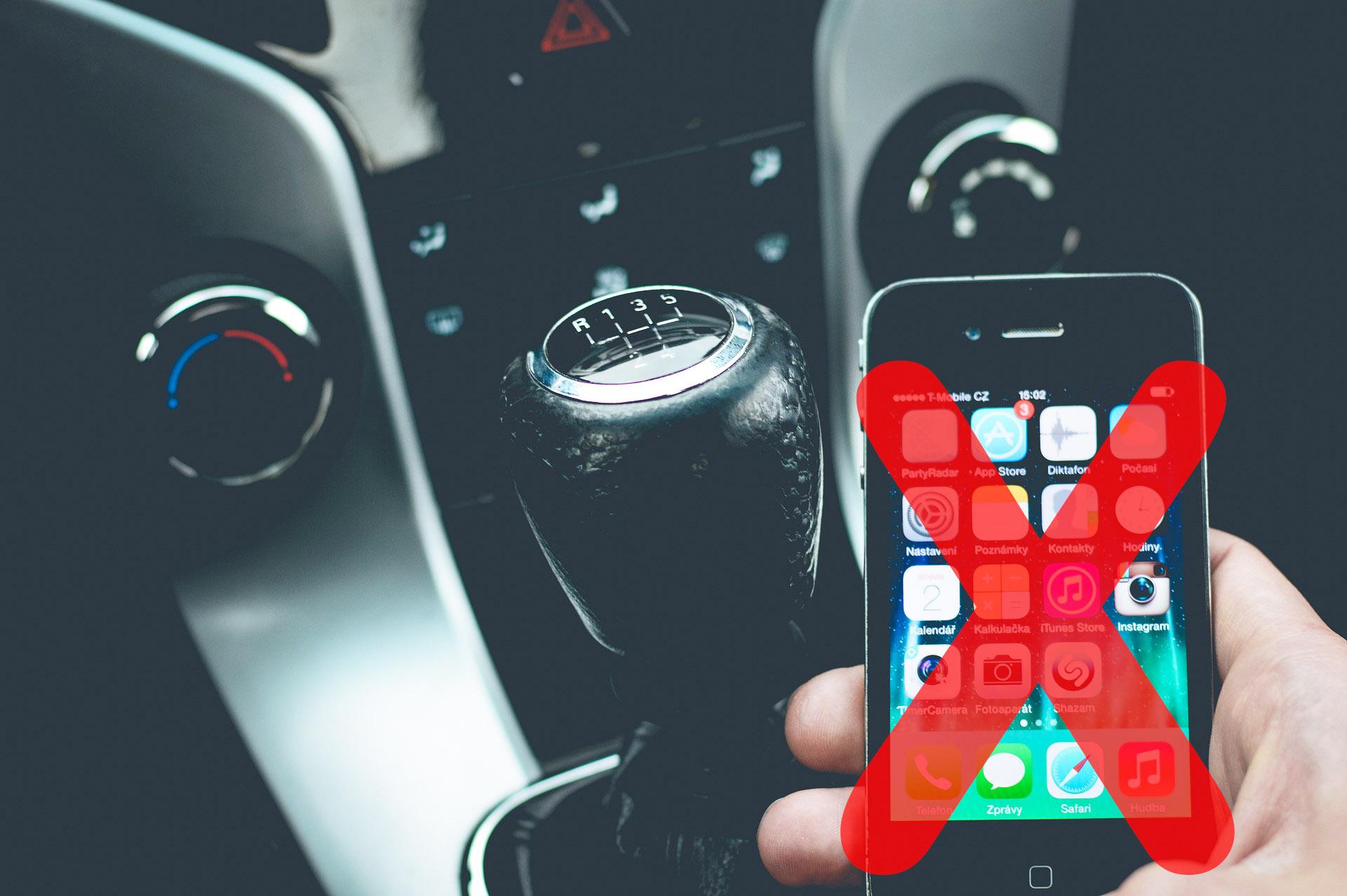
The rider and passenger of a motorbike or moped must wear a helmet and the vehicle must have its lights on. It is forbidden to use a horn between 10 p.m. and 6 a.m. The driver must not eat or smoke while driving if at least one of the passengers is under the age of sixteen. Children under the age of 12 must not sit in the front seat. There must be two emergency stop signs (triangles) in the car. In winter, studded tyres and chains may be used in mountainous areas.
The driver of a parked car with the engine running becomes a road user according to local regulations. The maximum speed in built-up areas is 50 km/h, and in some areas or on certain roads up to 65 km/h, as indicated by signs. Outside towns, the speed limit is 80 km/h. On motorways, the maximum speed is 100 km/h and the minimum 65 km/h.
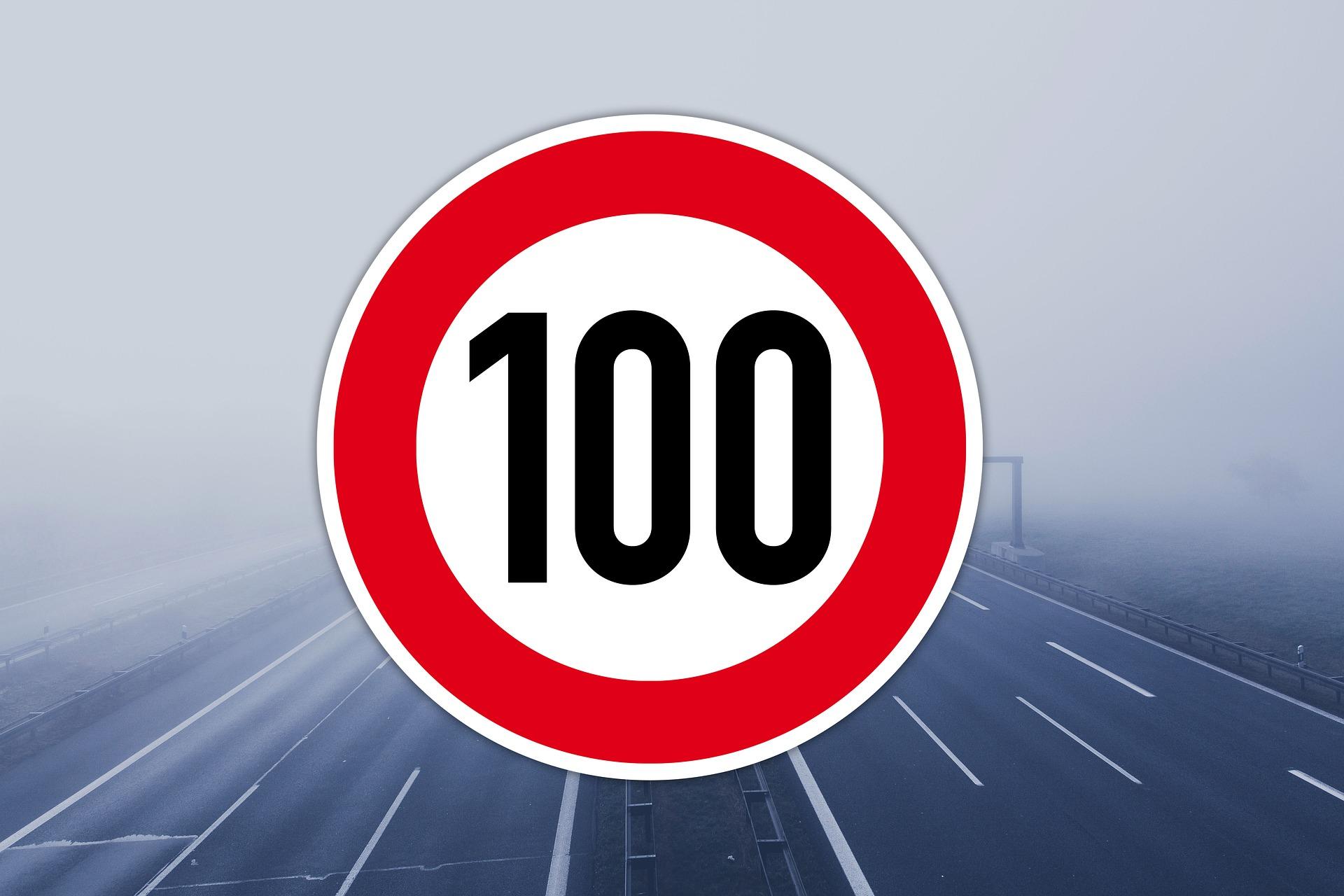
A double yellow line on the road means that parking and waiting is prohibited at all times. A single yellow line allows passengers to get in and out, but does not allow parking. Reserved parking spaces for the disabled may be used by foreign drivers and passengers with disabilities if a valid blue sign is displayed.
Cypriot law prohibits driving if the blood alcohol level exceeds 0.2 ppm. In practice, a man can have 200g of dry wine or 0.5l of beer before getting behind the wheel. Women are allowed half this amount. The Cypriot police are authorised to test people suspected of driving under the influence of alcohol. If a driver refuses to take a breathalyser test, the case will be taken to court.
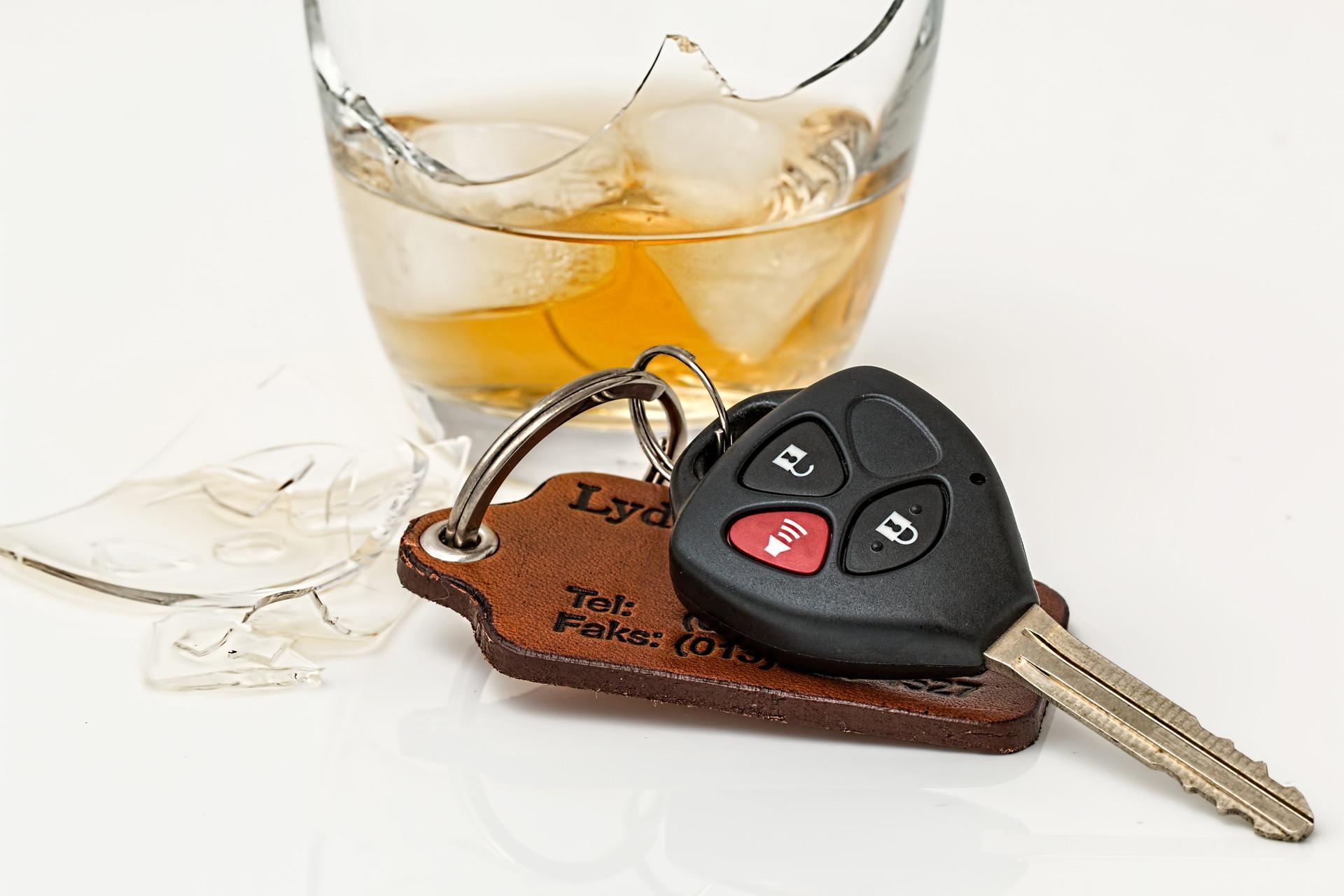
Offences and penalties
Getting a speeding ticket is an unpleasant but necessary part of driving in any country in the world. In Cyprus there is a progressive scale for speeding offences: depending on the percentage of the speed limit exceeded, the offender must pay between €2 and €5 for each extra km/h. Driving under the influence of alcohol is punishable by a fine of €100 if the alcohol level is up to 1.19 parts per million, and €200 if it is higher.
Talking on a mobile phone while driving costs 150 euros. A similar amount is charged for not wearing a seat belt. The fine for parking incorrectly is 85 euros. The police do not block or remove parked cars. Under no circumstances should you pay the officer on the spot, as this may be considered a bribe. The fine issued by the officer must be paid within two weeks at the police station or on the website of the Road Traffic Department.
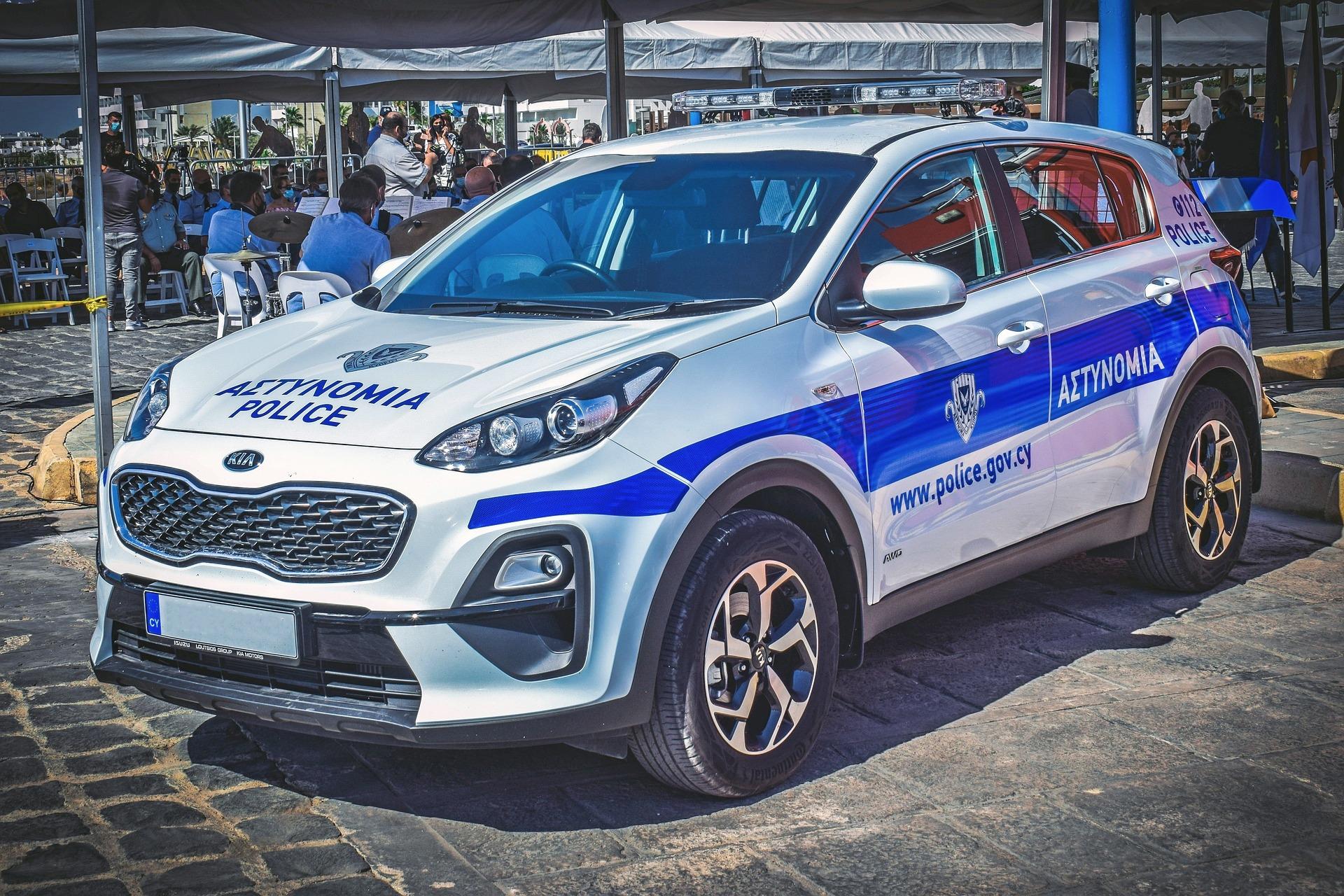
The bright red number plates on rental cars inform road users and police officers that the driver is likely to be a foreigner who is unfamiliar with local traffic. In this case, minor offences are usually forgiven. When dealing with an officer, you should be polite and remain calm. It is advisable to have 112 on your mobile phone to contact the police.
Cyprus leads the European Union in the number of cars per thousand inhabitants. Citizens of other countries who move to the island in large numbers are happy to join the ranks of local drivers. At the same time, most of them have to be retrained to drive on the left.
The Cypriot public transport network is still at a very early stage of development compared to other European countries. For this reason, the car is in great demand locally. Not only does it fulfil the function of getting from one point to another, but it also helps to get to know this picturesque Mediterranean country. And for those who know how to drive on the right, the word "drive" takes on a direct and figurative meaning on the sunny island.
Good luck on the road!
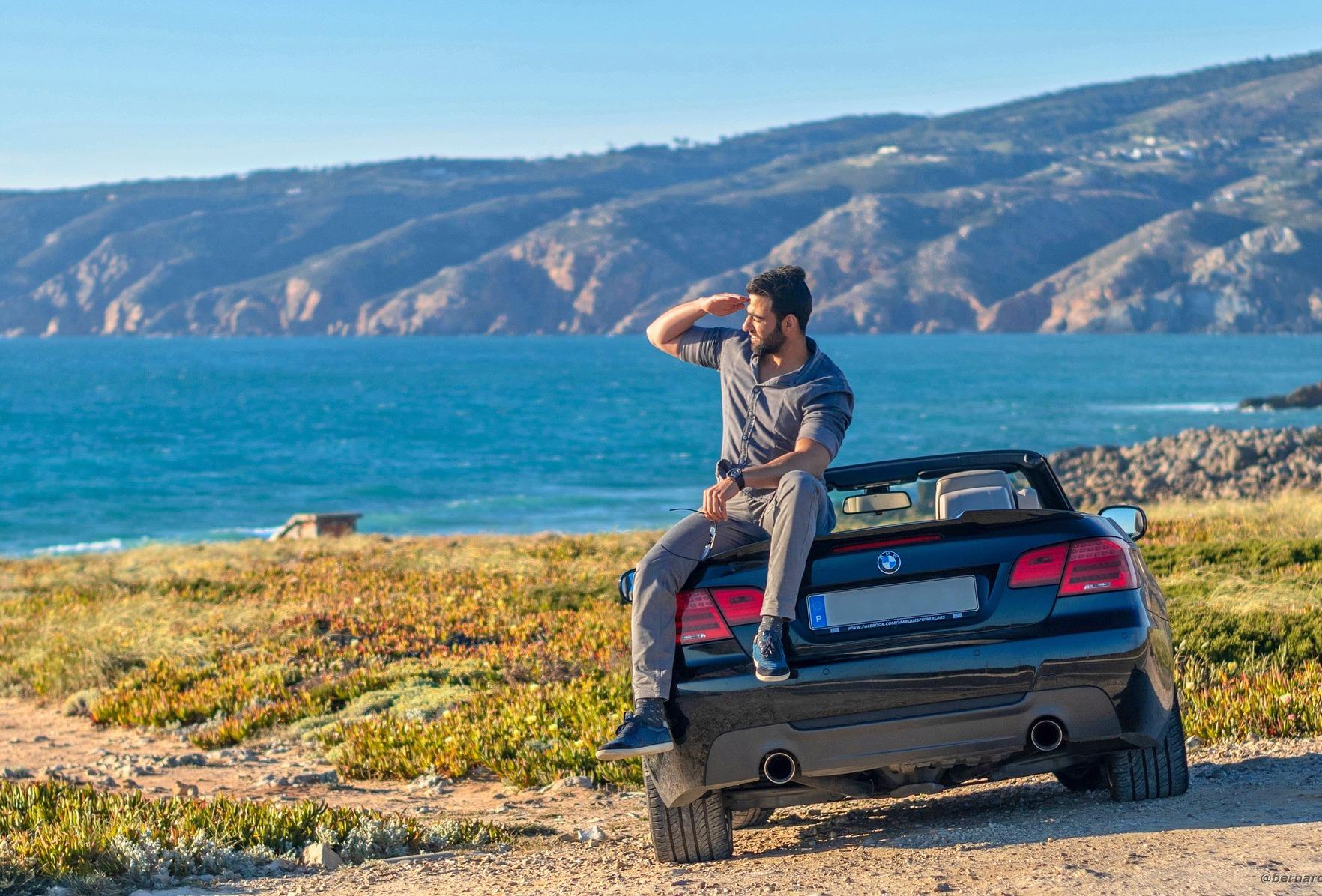
Choose from a wide range of cars on the DOMCar website.

